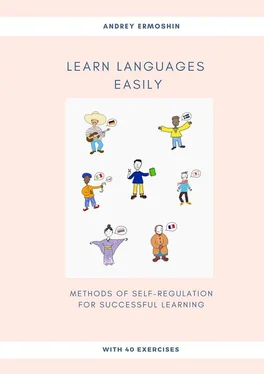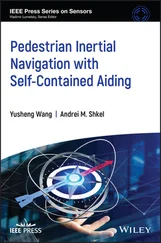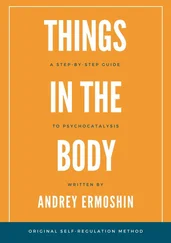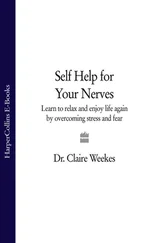3. Whichever useless object or attachment you discover in your chest will fly away your energy will be released.
Stop cherishing snakes
In this part of the work, you let go of every “snake’ you have been cherishing so far in the depths of your body, and by snake, we mean everything that has been harmful. Letting go in this case is connected with calming down and finding peace, without any fight. There is nothing to fight with. If you have made your mind, you will find your peace. Under such circumstances, “snakes’ dry out and vanish as dust or simply disappear.
These emotions can be connected with some unfortunate infatuation with a person in a relationship or when you are not single. It can also be alcohol addiction: then those bottles of liquor are let go from your internal space which peace of mind fills instead.
In my book “Objects in the Body,” I mentioned observations of the Orthodox monks on how “wicked thoughts’ settle in our mind and how desires unfold: it never happens quickly. Fortunately, the reverse development of the events for these unwelcome conditions is also possible. As a result, “sobering up’ helps a person return from the unnatural state to its natural condition and reconnection with God.
Stage 2
– If you realize that your wishes are natural, and the unnatural part was tying them to the object that you have just let go, then take this thought a little further. Are there better or “legal’ ways of satisfying these wishes? Is not there someone or something on the horizon that would bring you that long-awaited satisfaction without causing you any trouble?
– If you experience something like that, then let this feeling come closer to you.
3. If not, then prepare yourself for attentive scanning of the space around you so that as soon as this realization appears, you will react to it. Meanwhile, you have to be patient.
4. Ability to stay strong through difficult times is a trait of a mature person.
Where am I?
In one of our classes, there was a woman, who, judging by her facial features, was a very gifted person. Such people tend to have very bright awakening moments. All of a sudden, she says: “I have complete silence; there are no images at all.”
Here is a part of our conversation with her:
Surrounded by fir-trees
“Where are you? Are you here or somewhere else?”
She finds herself in the country. Even her picture had something of this sort (the test drawing which you must have already tried doing): in her picture, there was a person surrounded by triangles, which stood for fir-trees. What did we discover in our conversation? 70% of her attention was there, in the woods, and only 30% was present at the seminar.
“While you are there, does that place give you anything?”
People usually gain strength in places like this. However, she didn’t respond, but having spent some time there and gotten what she wanted, she “returned’ to the seminar.
Then she received the image of tranquillity: she was sitting with a butterfly on her hand.
It was highly interesting to observe our work with her. Sometime later, she realized that she was blooming. Her internal sensations revealed themselves. Everything went very well.
In the case of this participant of the seminar, it turned out that “she herself,” or a bigger part of her soul was in a quiet place, far away from the class. In this situation, the question: “Where is my attention? Where am I?” turned out to be very useful. These questions helped her get what she needed “there,” close the Gestalt of rest and return to the working environment 21 21 Written down in Astrakhan in 2010.
.
Exercise 3: Spend some time in a happy place and then return
– Define where you are.
– Stay there for some time so that you could get what you need: it could be some peace and quiet or emotional support. It can easily be something else.
– Return to “here and now’.
Similar kind of technique is used in such schools of psychotherapy as Ericksonian therapy guided by affective imagery and several other movements: patients are asked to think of something pleasant and spend some time reminiscing. You need to find your happy place where you can recharge.
A little cave
A person might remember that when he or she was a child and went to the seaside to spend holidays, they would dig a little cave in the sand, which felt like a very comfortable and safe place. Everyone has its own unique image of a happy place, which functions as a vitamin in adult life.
In psychocatalysis, this method is used only in specific cases when a patient expresses a certain need for that.
In general, setting one’s attention free, calling it back and “dragging it away from something’ is a big job, which we will successfully complete along the course. For now, let’s ask ourselves the questions where our intelligence and soul are? This can be seen as a useful complement to the work you have already done.
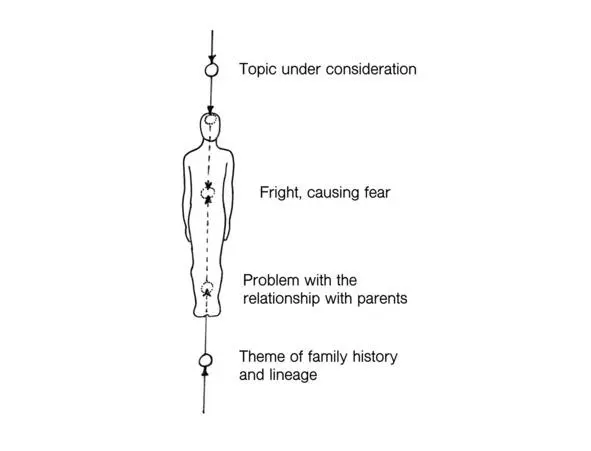
Fig. 10.Location of the information in the space of consciousness that causes the reaction of the body of different strength and quality.
This task is based on the following observation: the things that “steal’ our attention can be inside our body as well as outside. We began by letting go of the tension-causing sensations in the depths of our body, and as a result, we have decreased the overall level of tension. Nevertheless, we also need to deal with what is at a distance and drains our energy, attention, and a part of the resources of the nervous system.
Topics, which disturb our mind, can be allocated along the vertical and horizontal axes. The most harmful are those worries, which have managed to creep into the core of the body and reach the solar plexus.
However, we need to work through everything that is “on the way’ to the core.
Where is my intellect?
Exercise 4: Paying attention to the problems and sorting them out: if they are dead-end, go away from them, and find the solutions to the problems that have something promising!
Stage 1: Going away from dead-end problems
1. Diagnostic phase
Ask yourself a question: “Where is my intellect? What is my attention focused on? What is it busy with? What is it aimed at?”
At the level of sensations, there might appear an image of your intellect, being an octopus with its tentacles (or an amoeba with its pseudopodia). This “creature’ has spread in different directions and left them there.
Things that keep our attention are often found above our head, in front of it, or above it.
In our mind, choose the fattest “tentacle’ and walk on it to find out what is hiding at its end. You will see that it is holding your attention with your internal vision. Either it will be an image, that reflects the essence of the problem, or you will somehow realize what draws your attention.
2. Phase of evaluating spontaneously formed conditions and finding a solution to them
As far as each direction is concerned, you decide whether to keep it and invest your effort in it or whether it is enough and it is time you got your energy back.
Different tactics
It is quite likely that once your eyes are closed, you will find out that some part of your attention is filled with mental notes and post-its: these are the reminders about the things that require your attention, and you should not forget about that because they are important. Moreover, you have no right to rest until they were resolved.
Читать дальше
